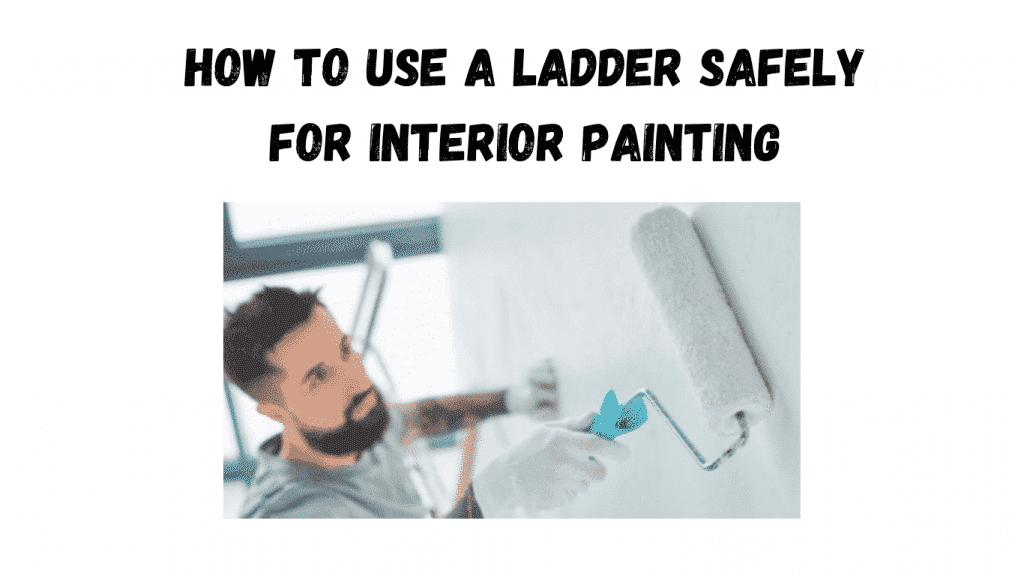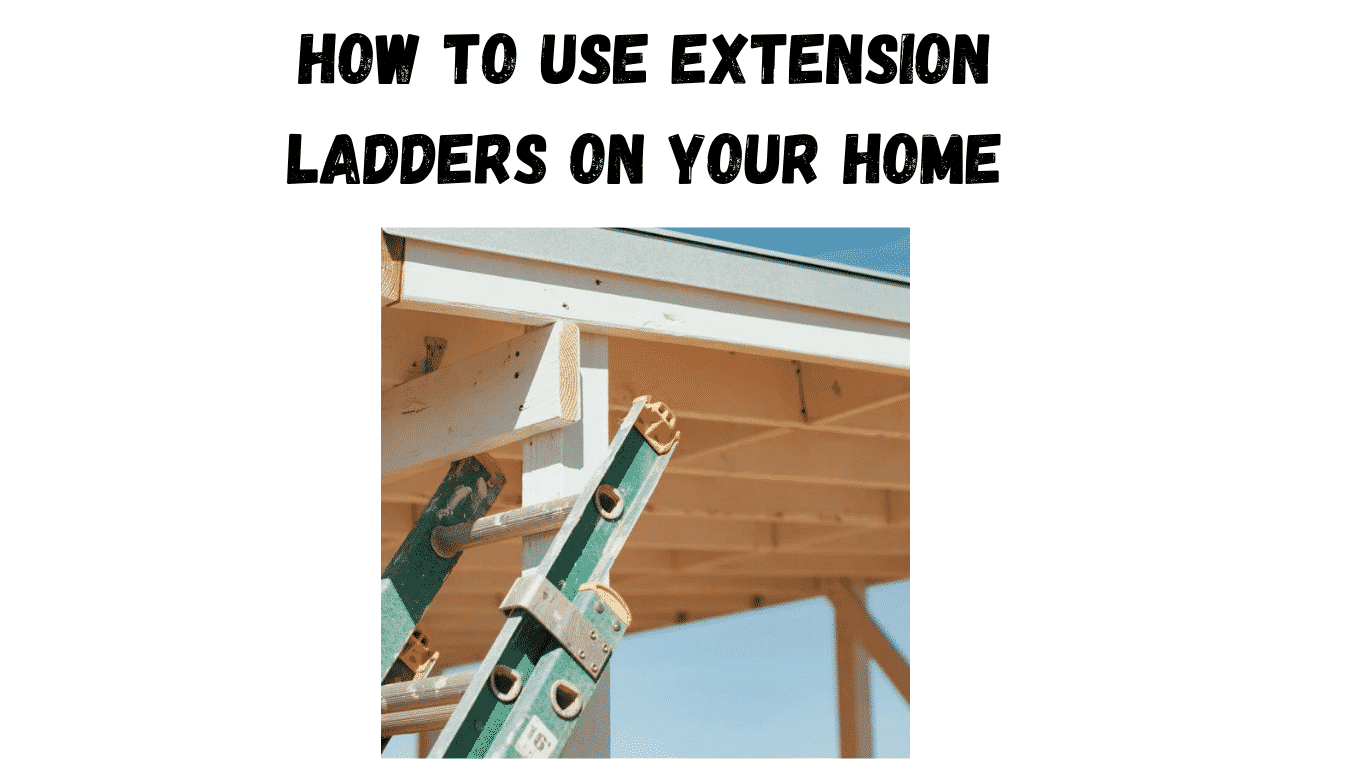How to Use Extension Ladders On Your Home – Simple Guide
Extension ladders are one of the essential tools to have in your home for reaching the roof.
However, while using an extension ladder, you may face the risk of various injuries caused by various
mishappenings like ladder sliding. Every year, thousands of injuries happen due to ladder-related injuries. But, don’t worry! If you’re looking for an excellent guide to using
extension ladders safely in your home, this post will surely help you!
Selecting The Best Type Of Extension Ladder
Depending on the use case, you need to select a ladder while keeping its duty rating in mind.
Factors like your weight, height requirement, and electrical requirement will help you decide
which ladder to choose for your use. The ladder length refers to the maximum length it can
extend to.
Depending on the load requirement, below are the classes of extension ladders along with their
duty rating:
- Type IAA: Rugged – For Special Duty – Load Capacity of 375 lbs.
- Type IA: Industrial – For Extra Duty – Load Capacity of 300 lbs.
- Type I: Industrial – For Heavy Duty – Load Capacity of 250 lbs.
- Type II: Commercial – For Medium Duty – Load Capacity of 225 lbs.
- Type III: Household – For Light Duty – Load Capacity of 200 lbs.
Thus, you first need to figure out which class of extension ladder you require and which will be a
perfect fit for your use. Also, if there are electrical wires in the vicinity, you should avoid
aluminium ladders. Also, keep your ladder at least 10 feet away from any electrical line.
Once you have selected the best extension ladder for yourself, do a condition check to confirm
whether the extension ladder is in good condition. This helps in avoiding injuries caused by
ladder misfunctioning. It is known that ladders tend to wear out due to different weather
conditions, drops, and many other unfavourable conditions. In the case of an extension ladder,
make sure the rungs are in good condition, and all the locking mechanisms are working as
intended.
Understanding the Extension Ladder
Before using an extension ladder, it is wise to get familiar with all the parts and functionality. Here is the basic understanding of the most essential parts of an
extension ladder:
- Safety Shoe consists of pads required to provide friction between the ladder and
- the ground. You may rotate this part, depending upon the surface, to make a firm
- contact with the surface your ladder will sit upon.
- The Fly section is the flying/extending section of the extension ladder which is the part
- through which you will be climbing up to reach the top.
- The base section is the locked section that can’t be extended or un-extended. This part
- is firm in its place and will be used to climb up initially to the fly section.
- Rung lock is a very important part used to lock the fly section with the base
- section. If the rung lock has not been correctly used, the fly section will have a sliding
- problem that may result in an injury.
- In large extension ladders, a rope and pulley system is used to extend to the
- largest. In case you have a large extension ladder, make sure this system is working as
- intended.
Above are some important parts you need to understand before using an extension ladder.
Getting familiar with these parts will give you a basic understanding of how an extension ladder
works and which issues might arrive from which part of the ladder.
Using An Extension Ladder Safely
Extension ladders are considered more dangerous than other types of ladders due to various
reasons like:
Extension ladders are one of the tallest ladders to use. Thus, falling from these are like a
star falling from the sky. Also, the more height you reach, the chance of ladder falling
increases due to gravity physics.
Extension ladders only have feet for base support. Thus, there are only two points of
contact with the ground. This makes extension ladders more unstable while working on
high heights.
Below is the step-by-step procedure for using an extension ladder safely. This simple guide will
help you to position the ladder and use it in the safest way to avoid any injuries.
Step 1: Inspecting The Ladder
The first and vital step is to inspect the extension ladder. Make sure the ladder is in proper
condition, and the rung lock is working as intended.
Step 2: Extending The Ladder
you need to push the sliding section until the fly section reaches the desired height. In case
your ladder has a pulley system, use it by pulling it to extend the ladder. In the case of a pulley,
tie the end of the rope to the lower rung. After this, ensure that the ladder has been locked using
the rung lock. If the fly section is moving even after using a rung lock, the fingers or hands could
be broken.

Also, for roof-related works, ensure that the ladder has an extra 2-3 feet height beyond the
roofline for maximum sturdiness.
Step 3: Positioning The Ladder
The next step is to position the extension ladder. The best way to lean the ladder is by
following the 4:1 ratio rule. That means for every four feet of ladder height. There should be a
one-foot distance between the ladder base and the wall. Try to set the ladder at a safe angle of
around 75.5° for best safety.

After leaning the ladder, make sure there is proper friction between the ground and the ladder. It
is always recommended to have a helper to hold the ladder. This ensures that even if there is
some unbalance, the helper will hold the ladder in its position and avoid injury to the climber.
After doing all the above steps, do a final stability check to ensure the ladder remains in its
place while climbing up and down. Make sure that both sides of the ladder have good contact
and are firm in their places.
Step 4: Climbing The Ladder
The last step is to climb up using the ladder. To do this, use both of your hands to get a good
grip and start climbing one rung at a time. If you have any tools to use, always use a tool belt
to hold them while you climb up and down the ladder.
Also, if you are fully extending the ladder, try to use a bungee cord to tie down the ladder and
secure the ladder in place.
Conclusion
So, this was a simple guide on using extension ladders safely in your home. I know extension
ladders are a little challenging to use, but if you follow all of the above steps, you’ll surely be able to
use the extension ladder without any difficulties. Furthermore, if you follow these steps correctly, you can
avoid any injuries while using an extension ladder.
I hope that following this guide will help you use an extension ladder safely and avoid any
injuries that might have occurred. Next level smartwatch, be concentrated while using a ladder, and finally.
How to Use a Ladder Safely for Interior Painting

